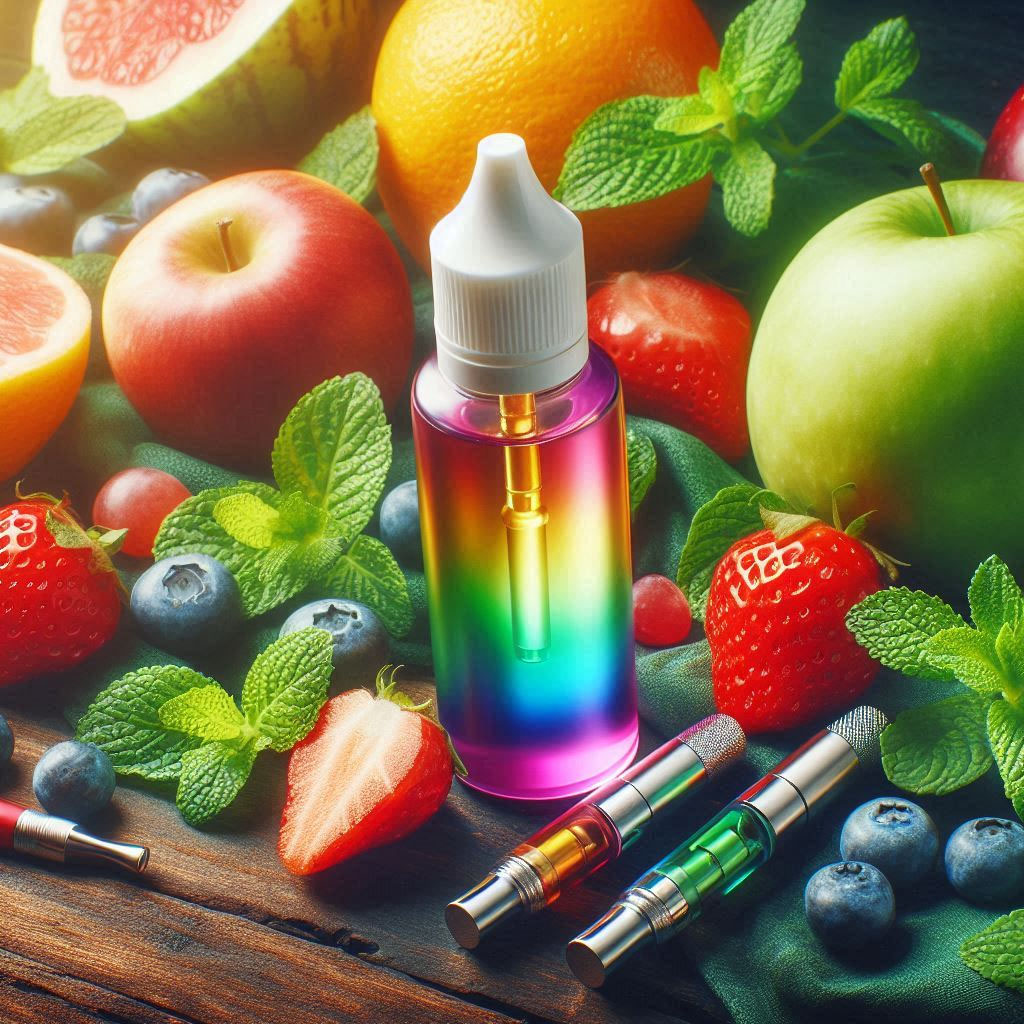Can Vapes Regain Their Former Glory?
In recent years, vapes have gone through a tumultuous journey on a global scale, from being a highly sought-after product to becoming a subject of intense scrutiny. Once hailed as a revolutionary product, vapes were not only seen as a healthier alternative to traditional cigarettes but also as a potential future direction for the tobacco industry. However, as time has passed, the outlook for vapes has become increasingly uncertain. Strict regulatory policies, public health concerns, and intensified market competition have all cast doubt on the future of vapes. So, can vapes regain their former glory?

The Origin and Rise of Vapes
The concept of vapes can be traced back to the 1960s, but it wasn’t until 2003 that they were invented and brought to market by Chinese pharmacist Hon Lik. The original intention behind the design of vapes was to provide smokers with a healthier alternative to help them gradually reduce or quit traditional cigarettes. Vapes simulate the experience of smoking by heating liquid nicotine into vapor, thereby avoiding the harmful substances produced during combustion. Thanks to this innovation, vapes quickly gained popularity worldwide.
In the early years, the vape market experienced explosive growth. Young people, middle-aged smokers, and even some celebrities became users and promoters of vapes. Vapes were not only seen as a fashionable trend but also as a healthier choice. Many studies pointed out that the harms of vaping were significantly lower than those of traditional cigarettes, which provided strong support for its market promotion.
Challenges and Controversies
However, as vapes became more widespread, so did the controversies surrounding their safety. In recent years, more and more studies have indicated that vapes are not entirely harmless. Some research suggests that certain components in vapes may have negative effects on human health, such as causing respiratory issues or cardiovascular diseases. Additionally, the widespread use of vapes among teenagers has raised significant social concerns. Many teenagers, influenced by advertising and peers, have started using vapes, leading to a rapid spread of nicotine addiction in this demographic.
The pressure from regulators has also followed. The United States, the European Union, and some Asian countries have successively introduced strict vape regulations. These policies include advertising restrictions, enhanced protection for minors, increased taxes, and stringent market entry standards. In some countries, vapes even face the risk of a total ban. These measures have undoubtedly had a significant impact on the development of the vape industry, with market growth slowing and some companies struggling.
Market Competition and Innovation
In addition to regulatory and health issues, intensified market competition is another major challenge faced by the vape industry. As vapes became popular, more and more companies entered the market, leading to severe product homogenization. Many small vape companies, lacking competitiveness, have gradually been eliminated from the market. Moreover, traditional tobacco companies have also launched their own vape brands, further intensifying market competition.
However, market competition has also driven technological advancements and product innovation. To stand out in the fierce market, many vape companies have started to focus on product differentiation and improving user experience. Newer vape devices are becoming more intelligent, equipped with various features such as temperature control and Bluetooth connectivity. Additionally, some companies are working on developing healthier vape liquids to reduce potential harm to the human body. These innovations undoubtedly provide new momentum for the future development of the vape industry.
Future Outlook
Despite the many challenges faced by the vape industry, its future is not entirely bleak. In some markets, there is still significant growth potential for vapes. As global smoking bans advance and smoking rates decline, more and more smokers may choose vapes as an alternative. Moreover, with technological advancements and product innovations, the safety and user experience of vapes will continue to improve, attracting more consumers.
However, to regain its former glory, the vape industry needs to make adjustments in several areas. First, companies need to strengthen research and control over product safety, ensuring that the harm of vapes to the human body is minimized. Second, the industry needs to pay more attention to social responsibility, avoiding negative impacts on teenagers and actively cooperating with regulatory policies. Furthermore, companies should invest more in brand building and market promotion, winning consumers' favor through differentiated competition.
Although the vape industry has experienced both peaks and valleys, its development prospects remain uncertain. Whether it can regain its former glory depends on whether the industry can effectively address current challenges and achieve breakthroughs in innovation and social responsibility. In the future, as the market becomes more regulated and technology continues to advance, vapes may still have the opportunity to see new growth opportunities.



 Prev:What Improvements Can Be Made to E-liquids?
Prev:What Improvements Can Be Made to E-liquids? Next: Mutual Promotion Between E-Liquid and Vape...
Next: Mutual Promotion Between E-Liquid and Vape...


